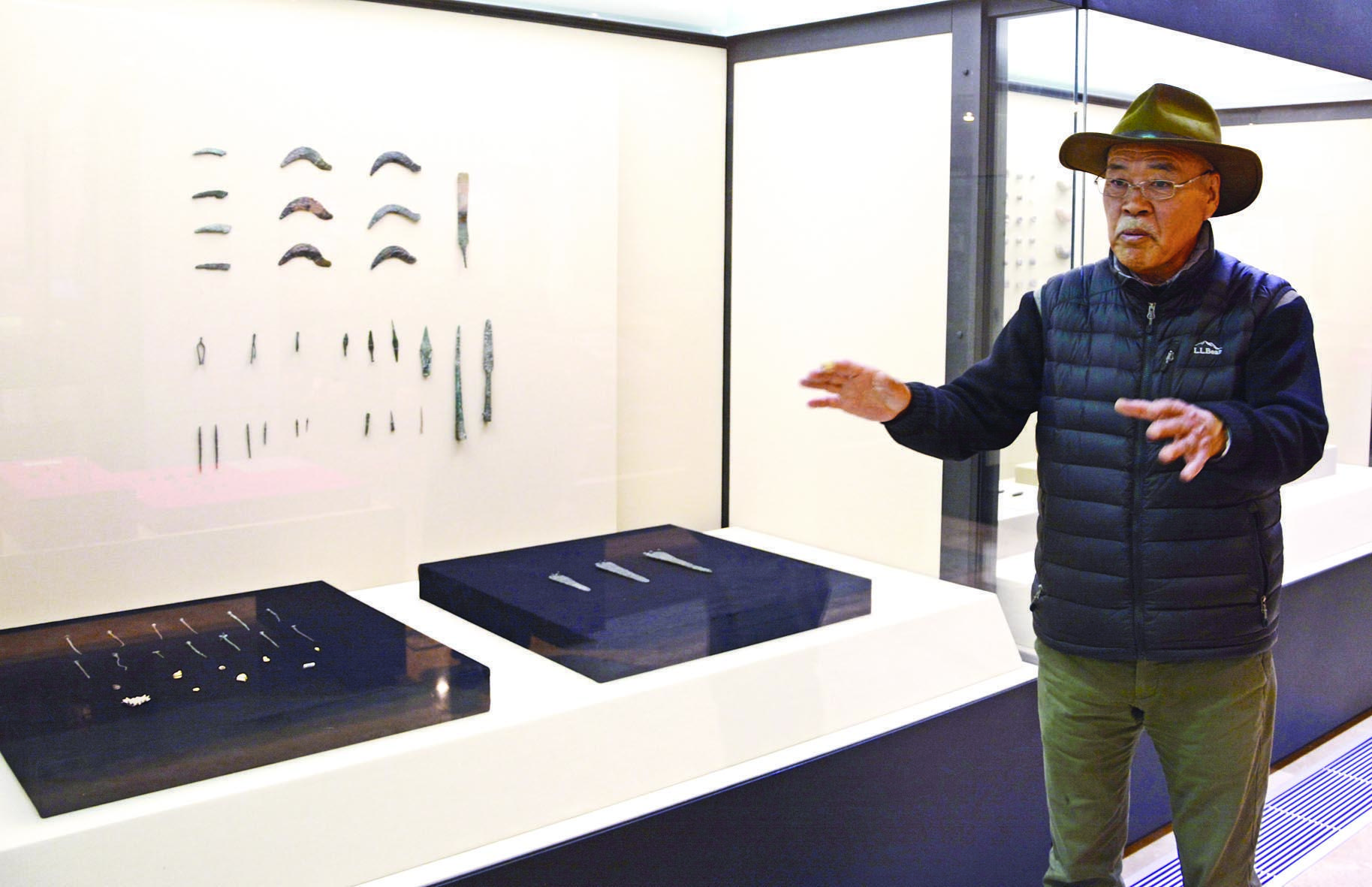Kalehöyük at the very center of history in Anatolia
KIRŞEHİR - Anadolu Agency


AA Photos
Anatolia has long been a crossroads of civilization, but Kalehöyük in the very center of Anatolia might just have reason to claim that it is at the center of it all.Archaeologists working at the site, in the province of Kırşehir’s Kaman district, have revealed the traces of seven different civilizations over the past 30 years.


Omura said they had started excavations in 1985 in Kalehöyük, where Italians and American had worked before, with surface surveys, discovering a cultural heritage stretching back nearly 5,500 years in the region.
Kalehöyük needs at least 50 more years of excavations, Omura said.
“This place is home to world history,” Omura said. “Here, working on the artifacts found during excavations means reading world history. In my opinion, Anatolia is so important in terms of world history. For example, I have worked in Egypt, but it has a single culture unlike Anatolia or Greece. Anatolia has history before the Hittites.”
At least 5,000 tourists expected
Discussing the historical artifacts, Omura said: “There are millions of ceramic pieces. Among them are materials used by Assyrian trade colonies, weapons, seals from the Iron Age, coins from the Ottoman era and pieces of porcelain from China. We can say that Kaman’s Kalehöyük mound is on the Silk Road. There is a road in the mound. It is an old road. If we follow it, we can find other mounds 25-30 kilometers away. If you follow this road, you can go to Central Asia.”
He said Japanese tourists were also interested in the Kaman Kalehöyük Archaeology Museum and historical artifacts unearthed during the excavations, adding that the artifacts in the museum had both Turkish and Japanese explanations.
Omura said they occasionally organized promotions in Japan and expected at least 5,000 tourists to visit the region in the future.
Omura said the people of Kaman’s Çağırkan village were also working on the excavations.
“There are many people living here and working with me. Among them, 25-30 people have retired from excavations. Most people have become professors here. We need to thank these people who are working with us. We need to respect them,” he said.
Omura, who has spent 11 months of the year in Kırşehir and one month in Japan for the past 30 years, plans to collect his findings from the site in a book.
